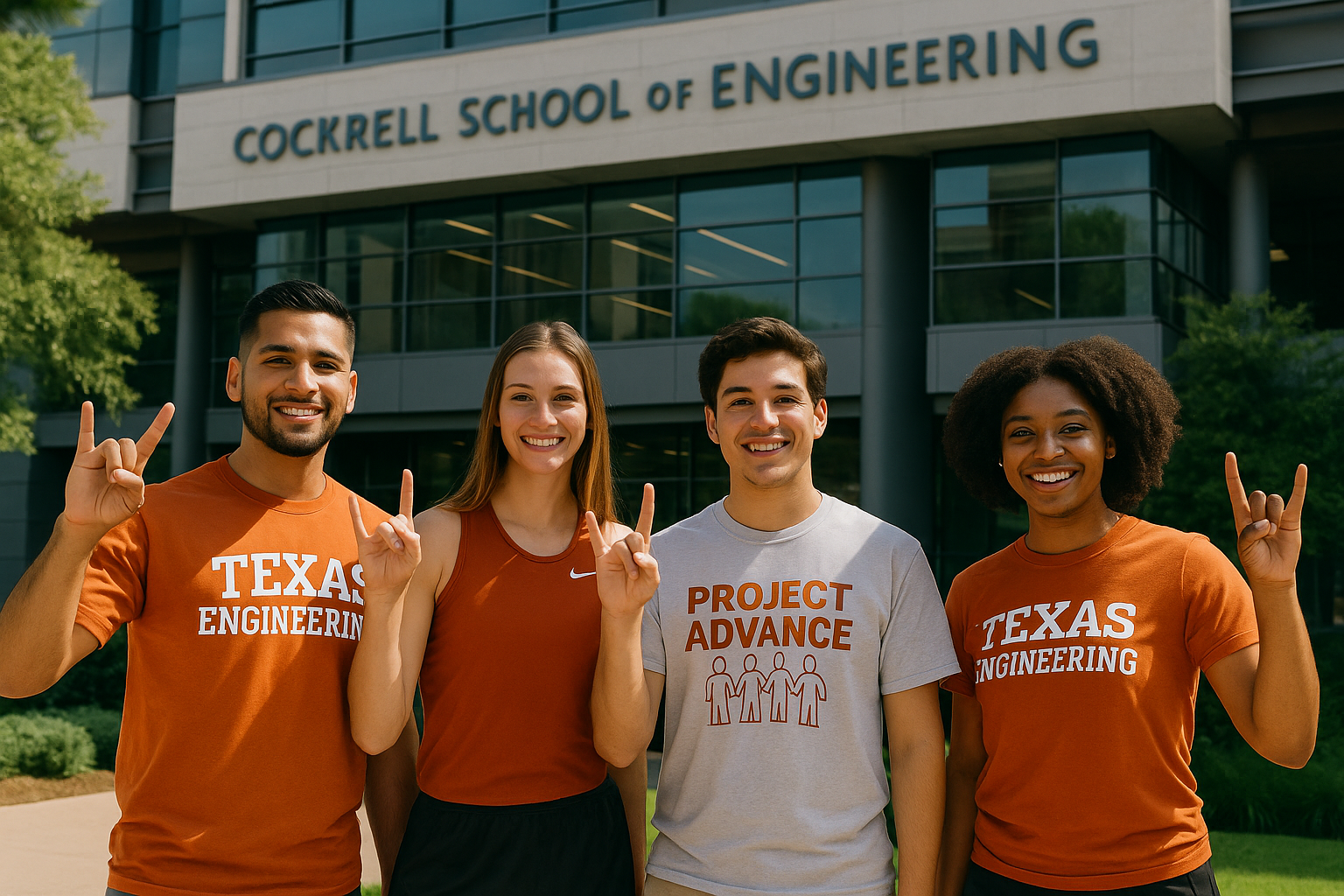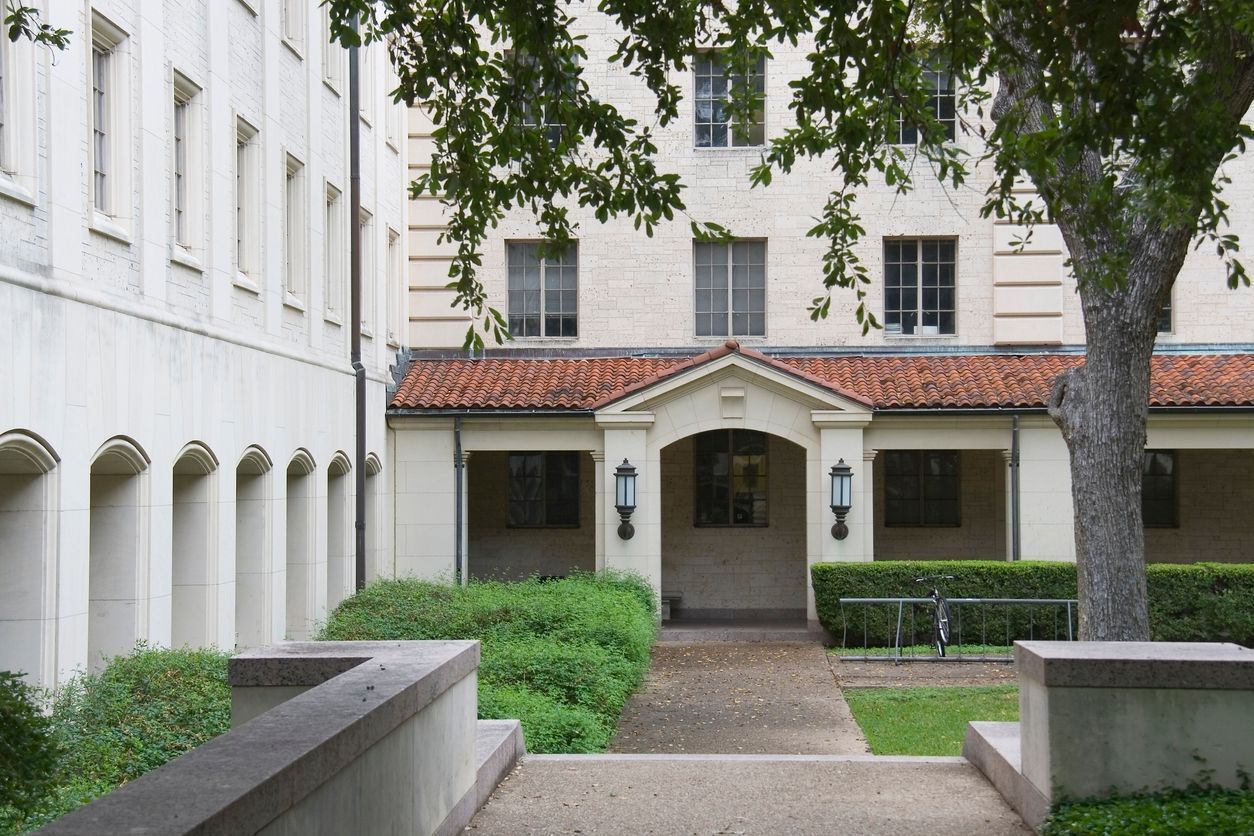This page is licensed under Creative Commons under Attribution 4.0 International. Anyone can share content from this page, with attribution and link to College MatchPoint requested.
Posts tagged UT Austin Admissions

Your student took advanced classes, earned excellent grades, stayed active in school clubs, volunteered on weekends, and maybe even scored above a 1450 on the SAT. They hit every benchmark. Their college list was thoughtful. UT Austin was the top choice. And still, they were denied. This story is more common than many people realize. Each year, UT Austin turns away thousands of highly qualified applicants.

At The University of Texas at Austin, what you list as your second-choice major is not just a backup plan. It is a real part of your application strategy. In fact, for many students who are not automatically admitted through the top 5% rule, that second-choice major could be the difference between an offer and a denial. But it only works if you approach it with intention. UT does not view the second-choice major as a throwaway. It still gets reviewed through the same holistic process. If you choose it wisely and align your application materials accordingly, it can open another door into one of the most competitive public universities in the country.

For decades, the University of Texas at Austin has been the dream school for many Texas families. With its nationally ranked programs, strong alumni network, and unbeatable Austin location, it is no surprise UT remains one of the most sought-after public universities in the country. But in 2025, with over 96,000 applications submitted and rising selectivity across nearly every major, it is important to pause and ask: Is UT Austin still the right fit for your student?

If your teen isn’t in the top 5% of their class, you’ve probably heard some version of this: “There’s no way they’ll get into UT.” It’s a myth we hear all the time—and it’s simply not true. Yes, UT Austin is more competitive than ever. With over 90,000 applicants for the Class of 2025 and an admit rate of just 24% , the numbers tell a clear story. And for students who are not in the top 5% , the odds drop even further: the admit rate for non-auto-admit students was just 11% .

The 2025 admissions cycle revealed something parents and students can no longer afford to overlook: colleges are not just evaluating students. They are building classes that reflect a carefully designed set of institutional priorities. While your teen may have done "everything right," the schools they applied to were also weighing factors well beyond grades and test scores. Understanding these factors is key to helping families navigate the process with less stress and more clarity.

When students apply to UT Austin, many focus on getting into the university. But UT admissions doesn’t work that way. You're not applying to UT Austin. You’re applying to your first-choice major at UT Austin—and that changes everything. Whether it’s Business at McCombs, Engineering at Cockrell, or a major like Biology, Journalism, or Public Health, what UT wants to know is simple but powerful: Have you shown that you're ready to succeed in this specific major—starting on day one? That’s the heart of what UT calls “fit to major.” And it might just be the most important—and misunderstood—part of the application. Join our webinar on August 6th to unpack what it really means, why it matters more than ever, and how students can take intentional steps to build their story of fit.

While it may feel like “no one gets into UT anymore,” this year told a different story. In the school's most competitive admissions year yet, many of the students we had the privilege to work with were overjoyed to receive admission offers. These students approached the process with reflection, purpose, and persistence, building thoughtful applications that aligned with their goals. Their success reminds us that while the path isn’t easy, it is absolutely possible—with the right plan and a clear sense of direction.

In a year when UT Austin saw record-breaking applications, one student stood out—not with flashy awards or viral inventions, but with four years of focused effort, academic rigor, and steady leadership. This case study tells the story of a mechanical engineering applicant to the Cockrell School of Engineering, one of the most competitive programs in the country. This student wasn’t an auto-admit. But they built their case from the ground up—brick by brick, project by project, and recommendation by recommendation.

In this year’s ultra-competitive UT Austin admissions cycle, the most successful applicants didn’t just have high test scores—they had stories. They showed initiative, reflected deeply on their experiences, and demonstrated clear fit to their first-choice major. This case study highlights one of those standout applicants: a student admitted to the McCombs School of Business who didn’t take the traditional business path. Instead, their journey included a career pivot, a coffee shop job, and an unexpected entrepreneurial venture—all tied together by curiosity, initiative, and thoughtful reflection.

The students we were lucky enough to work with this year poured their hearts into the college application process, and for so many of them, that dedication paid off with the ultimate reward—an offer of admission to The University of Texas at Austin. As one of the most competitive public universities in the country, UT evaluates applicants on a holistic scale, but two factors consistently made a difference: academic rigor and strong test scores. Students who challenged themselves with advanced coursework and prepared strategically for standardized testing demonstrated that they were ready for UT’s academic demands, particularly in competitive majors like Business, Engineering, and Computer Science. This year, UT Austin required SAT or ACT scores, making test performance a key part of the admissions process. At the same time, students who aligned their course selection with their first-choice major showed admissions officers that they were not only academically prepared but also deeply invested in their field of study. Through thoughtful course planning, test preparation, and hard work, many of the students we worked with strengthened their applications and earned a place at UT Austin. Here’s a closer look at how they did it—and what future applicants can learn from their approach.


